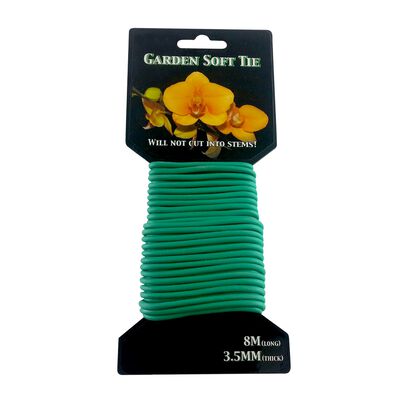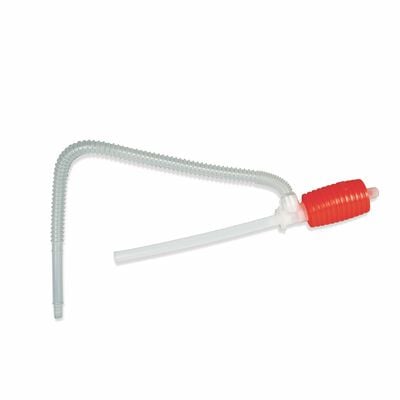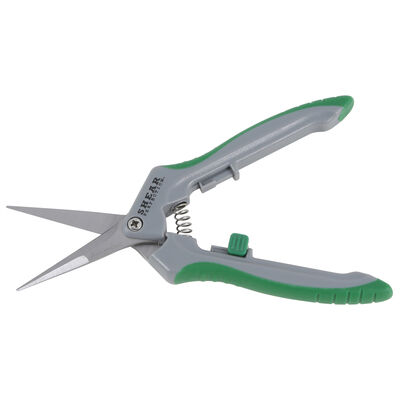
Be the Bee - Pollinate and Grow Happy
Many plants, including tomatoes, peppers, cucumbers and melons require pollination in order to produce fruit.
Many plants, including tomatoes, peppers, cucumbers and melons require pollination in order to produce fruit. When growing outdoors, Mother Nature performs this critical step through wind, animals, bees and other insects. When growing indoors, we need to "be the bee" and perform this task ourselves if we want to enjoy vine-ripened tomatoes in the middle of winter.
Generally, there are two types of pollination for fruiting plants: same flower pollination and multi-flower pollination. Same flower pollination covers plants like tomatoes, peppers and eggplants. In these plants, pollen just needs to be released from one part of a flower to another part in the same flower in order for pollination to occur. Wind is the most common pollinator here, literally "shaking loose" the pollen. Insects, like bees, also help with the vibration of their wings or the physical action of their climbing on flowers moving the pollen around.
Some plants that need multi-flower pollination include cucumbers, melons and squash. These plants produce both male and female flowers. For pollination to occur, pollen must move from the male flower to the female flower. Generally, this is accomplished by insects flying or crawling from one flower to another.
As indoor gardeners, we usually have an absence of the three main outdoor pollinators: we don't have much wind or air movement, there aren't many animals in close contact with our gardens, and we don't have many pollinating insects in our homes. So we need to perform these vital tasks ourselves. That's how you get to "be the bee."
As we learned above, with our tomatoes, peppers and eggplants, pollination is fairly simple and can be accomplished in a variety of methods, including:
-- Gently shaking or vibrating the plants or individual flowers a few times a week (daily is best) after flowers appear
-- Using an electric vibrating device, like a kids electric toothbrush or our Be the Bee pollinator. Designed specifically for pollinating flowers, the bristles and vibrating wings are perfect for moving that pollen around in plants that may be a bit tougher, like eggplant.
-- Directing a fan at your garden - a fan on your indoor garden has many benefits, including increased pollination.
When pollinating cucumbers, melons, and other plants that have male and female flowers, we need to move the pollen from the male flowers to the female flowers. Many plants will produce a large amount of male flowers first, then the female flowers start to appear. You can tell the difference between male and female flowers by studying them closely. Male flowers are smaller and you can often see the pollen as "dust" inside the flowers.
Female flowers tend to be larger and often have a small, unfertilized fruit at their base. For example, with cucumbers, you can actually see a small ½ inch long cucumber at the base of the female flowers. If left unpollinated, this will drop off. If pollinated, it grows into a full sized fruit. With practice and observation, you'll get good at telling the difference.
To fertilize these plants, simply use a cotton swab or small artists paintbrush to move pollen from the male flowers to the female flowers. This, too, takes some practice, but you'll know when you are getting good as you start enjoying, literally, the fruits of your labor. How's that for hard work paid off?


